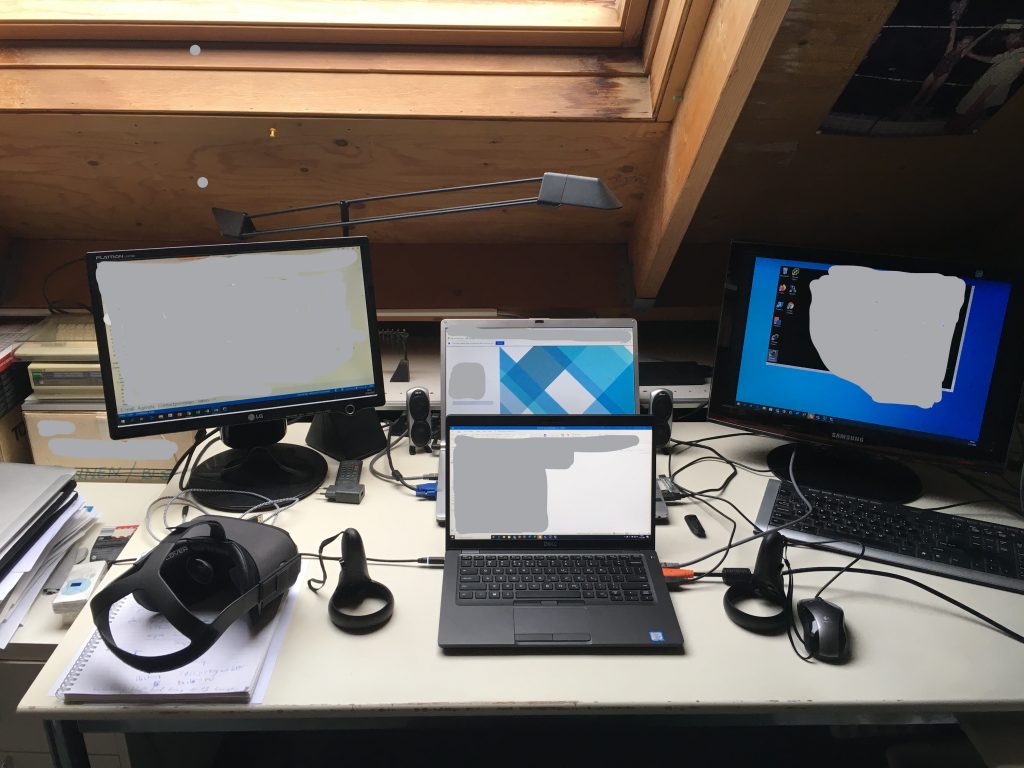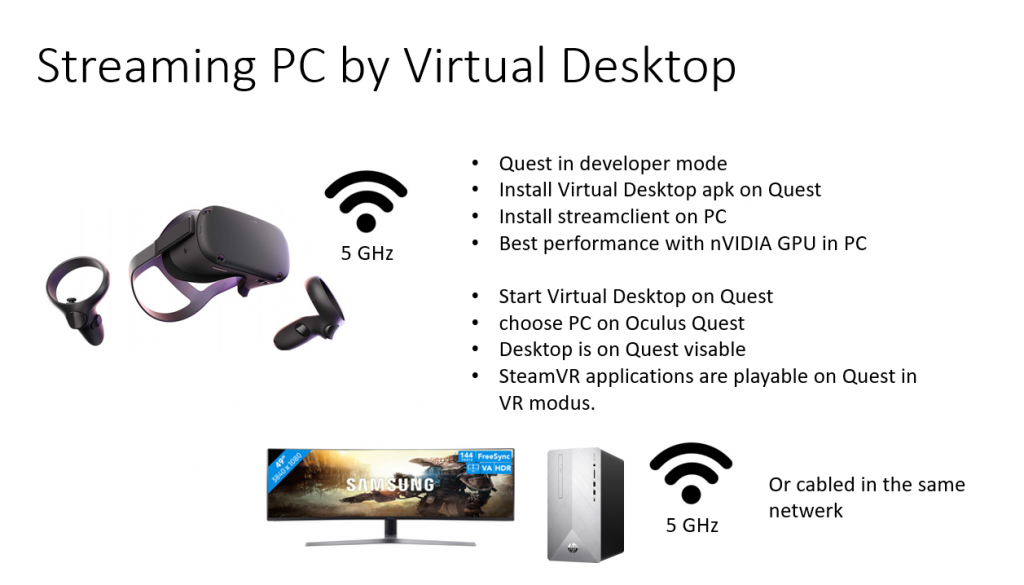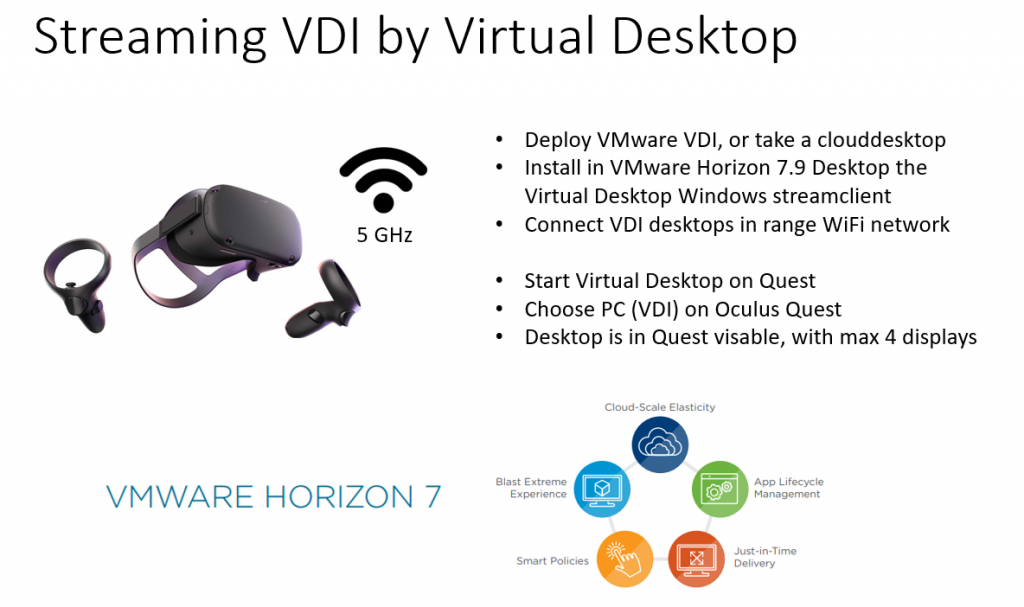Lockdown, blijf thuis.
Vanaf 12 maart Nederland in lockdown. Sinds februari werk ik bij KPN IaaS in Apeldoorn. IaaS bestaat uit een groot Enterprise virtueel hosting platform. Het managen daarvan gaat ook vanuit kantoor, remote naar servers op de verschillende datacenters van KPN. In dat opzicht werk je eigenlijk niet anders dan zoals een klant van KPN dat doet.
Door de intelligente Lockdown afgekondigd door de regering, moeten KPN medewerkers ook thuis blijven en remote werken. Het uitvoeren van het werk verschuift dus van het kantoor naar thuis. Behalve dat je je collega’s niet fysiek ziet verandert er eigenlijk niet veel.
Videoconferenties via Skype en Teams
Vooral met veel deelnemers kan het vermoeiend zijn al die non-verbale info op te pakken. Aan een vergadertafel kijk je de spreker aan en ziet niet hoe een andere collega reageert. Nu wel in teams. Verder is het veel makkelijker om collega’s die je normaal ook niet tegenkomt op kantoor te zien in een video call. Een probleem bespreken is nu veel makkelijker met alle mensen in een call. Teams kan nu ook 3×3 videoschermen laten zien. Zoom zelfs nog veel meer.
Aanpassingen thuis?
Heb ik veel aanpassingen moeten doen aan mijn thuis kantoor? Nee, dat was al uitgerust voor remote werken. Meerdere monitoren en een snelle internet verbinding. Wat ook belangrijk is, dat je een goede bureaustoel hebt. Ook thuis zit je veel uren achter je bureau. Ik heb op zolder een kantoor / mancave en loop echt regelmatig trappen om een kopje koffie te nemen beneden. Het is net als met reizen in de auto: 2 uur een pauze en benen strekken.
Voor een beter beeld op de camera heb ik een licht doorlatend zonnescherm op mijn Veluxdakraam gezet. Hierdoor is de belichting op je gezicht een stuk diffuser en beter voor een video call. Video camera op goede hoogte is ook van belang. Normaal beeld vanaf een laptop “kijkt” een beetje omhoog. Beter is de laptopcamera op ooghoogte te zetten. Het beeld wordt dan een stuk natuurlijker.
Terugkeer naar kantoor
Als iedereen weer naar kantoor zal gaan, zijn er een aantal zaken wel verandert. Ook op kantoor moet een 1,5 m afstand in acht worden genomen. Dat betekend dat er ook op kantoor je via Teams een scherm moet delen om samen iets te doen. Het enige verschil is dat je even je collega fysiek kunt aanspreken. Eerlijk gezegd zou dat voor mij geen enkel verschil zijn met het huidige werken vanuit huis.
Ik denk dat misschien twee dagen op kantoor alleen zin heeft als er een teammeeting of presentatie wordt gegeven. Elkaar fysiek tegenkomen heeft wel een functie. Een teammeeting online is toch meer een presentatie voor een groep. Ook de virtuele borrel voelt zo. Je praat tegen een scherm met gezichten, die van alles en nog wat aan het doen zijn. Je bent altijd aan het kijken wat er gebeurd. In een informele meeting spreek je steeds collega’s 1 op 1 of een klein groepje.
Een ander hulpmiddel om #WFH (work from home) en privé te scheiden is je te kleden zoals je naar kantoor zou gaan. Op de hete dagen trok ik na werktijd een korte broek aan om in de tuin te zitten.
Hoe verder in de toekomst?
Ik verwacht, dat er veel meer thuis gewerkt gaat worden. Minder reiskilometers en minder files. Het is natuurlijk voor iedereen anders hoe die deze manier van werken ervaart. Als je schoolgaande of kleine kinderen hebt is dat natuurlijk anders. Een eigen kamer/kantoor helpt dan wel.
Behoefte aan kantoor m2 zal een stuk minder nodig zijn. Schattingen lopen uiteen van 30 tot 50%. VDI (virtuele desktop) infrastructuur vanuit het datacenter zal groter worden. Een desktop in de Cloud, ook voor grafische 3D applicaties. Video bellen wordt steeds meer een standaard. Wellicht in de toekomst ook meer meetings in Virtual Reality. Zakelijk reizen zal een stuk minder worden is de verwachting. Maar dat in een ander blog.
Note: Van de 6 maanden opdracht heb ik 5 maanden vanuit huis gewerkt.



